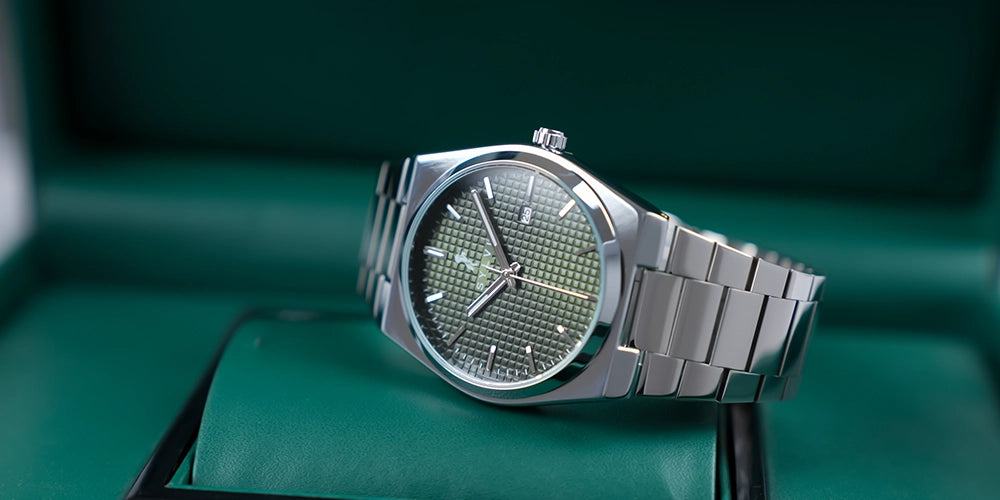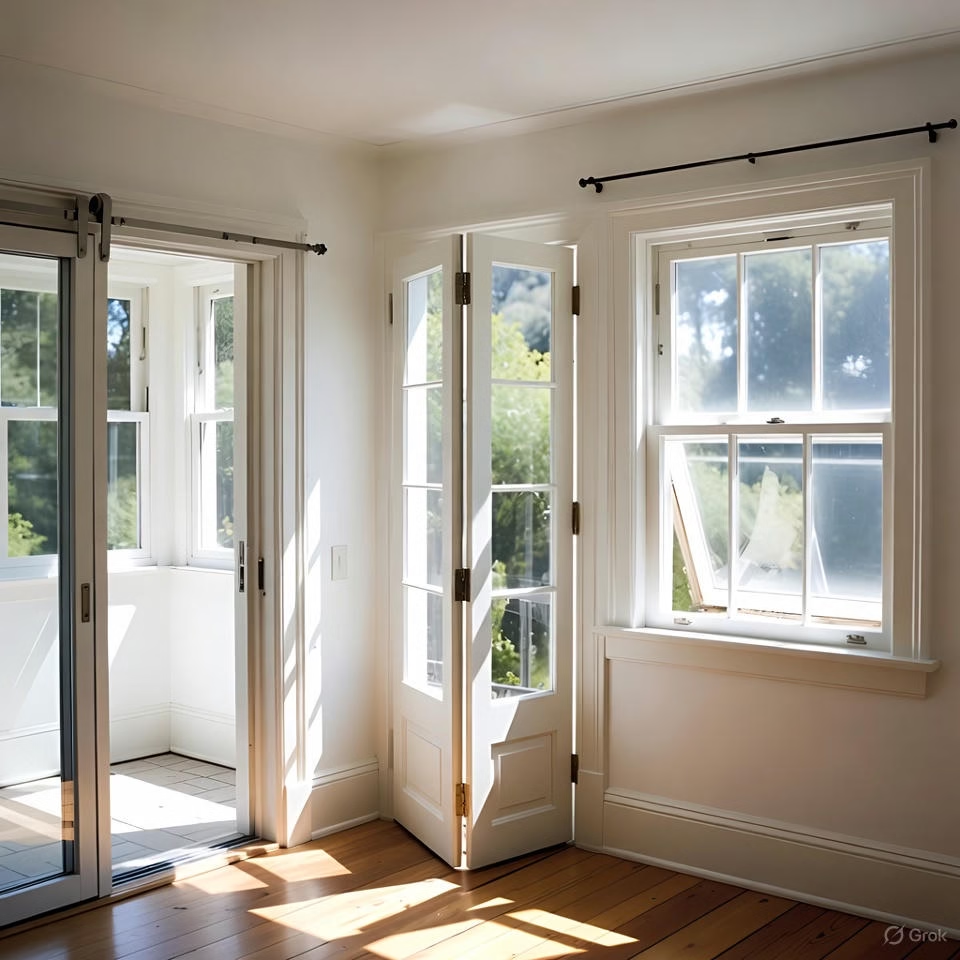The world of horology offers more than just instruments for telling time—it presents wearable art that combines precision engineering with aesthetic excellence. Investing in the best watches for men represents a decision that transcends mere functionality, entering the realm of legacy creation, style enhancement, and even financial prudence. Premium timepieces serve as companions throughout life’s journey, marking significant moments while simultaneously elevating everyday experiences. As the distinction between digital convenience and mechanical craftsmanship grows sharper, understanding the multifaceted advantages of quality wristwatches becomes increasingly relevant for the discerning gentleman seeking both practicality and sophistication.
Enduring Value and Appreciation Potential
Unlike most consumer purchases that depreciate immediately, premium timepieces often maintain or increase their value over time. Certain luxury brands like Rolex, Patek Philippe, and Audemars Piguet have demonstrated remarkable investment performance, sometimes outpacing traditional investment vehicles. Limited production numbers, combined with growing global demand, creates scarcity that drives appreciation—particularly for discontinued models or special editions.
The secondary market for prestigious watches remains robust, providing liquidity rarely seen in other luxury purchases. Well-maintained pieces often sell at premiums above their original retail prices, especially those with provenance or historical significance. This phenomenon extends beyond just the ultra-luxury segment; even mid-tier watches from respected manufacturers can retain significant portions of their value when properly maintained.
Heritage brands with decades or centuries of watchmaking history typically demonstrate the strongest value retention. Their established reputations, combined with collector interest, creates sustainable demand that transcends fashion trends or economic fluctuations.
Craftsmanship and Technical Achievement
High-quality timepieces represent the pinnacle of micro-engineering excellence. Mechanical watches contain hundreds of precision components, often assembled and finished by hand, with tolerances measured in microns. The artisanal skills required for traditional watchmaking—hand-polishing, anglage (edge beveling), guilloché engraving, and movement decoration—preserve centuries-old techniques that might otherwise disappear in our automated age.
The meticulous attention to detail extends beyond function to encompass aesthetic refinements invisible to casual observation. Watchmakers spend countless hours applying decorative techniques like Geneva stripes, perlage (circular graining), and heat-blued screws purely to honor horological tradition—even when these details remain hidden beneath casebacks.
This dedication to craftsmanship stands in deliberate contrast to the disposable nature of consumer electronics, including smartwatches. While digital devices become obsolete within years, mechanical timepieces can function for generations when properly maintained.
Versatility Across Contexts and Occasions
Premium watches demonstrate remarkable adaptability across diverse situations. A well-chosen timepiece transitions seamlessly between professional environments, social gatherings, and formal occasions without requiring adjustment or replacement. This versatility delivers practical convenience alongside aesthetic coherence throughout varied daily contexts.
Certain iconic designs—the dive watch, the dress watch, and the chronograph—have transcended their original specialized purposes to become appropriate for almost any situation. Their timeless aesthetics allow wearers to navigate diverse dress codes without appearing either overdressed or underprepared.
Sports watches originally engineered for specific professional applications (diving, aviation, motorsport) now function as sophisticated style statements while retaining their technical capabilities. Their robust construction withstands daily wear while their heritage provides conversation-starting provenance.
Enhanced Personal Presence and Impression Management
In professional contexts, quality timepieces subtly communicate attention to detail, appreciation for craftsmanship, and personal standards. The wristwatch remains one of the few universally accepted male accessories in conservative environments, providing a rare opportunity for personal expression within formal constraints.
Research in behavioral psychology suggests that wristwatches influence perception—both how others perceive the wearer and how wearers perceive themselves. The phenomenon of “enclothed cognition” indicates that wearing items associated with particular attributes (precision, sophistication, success) may actually influence behavior and performance in subtle ways.
Unlike ostentatious status symbols, fine watches offer recognition primarily from those with similar appreciation—creating unspoken connections between enthusiasts while remaining understated to the general public.






